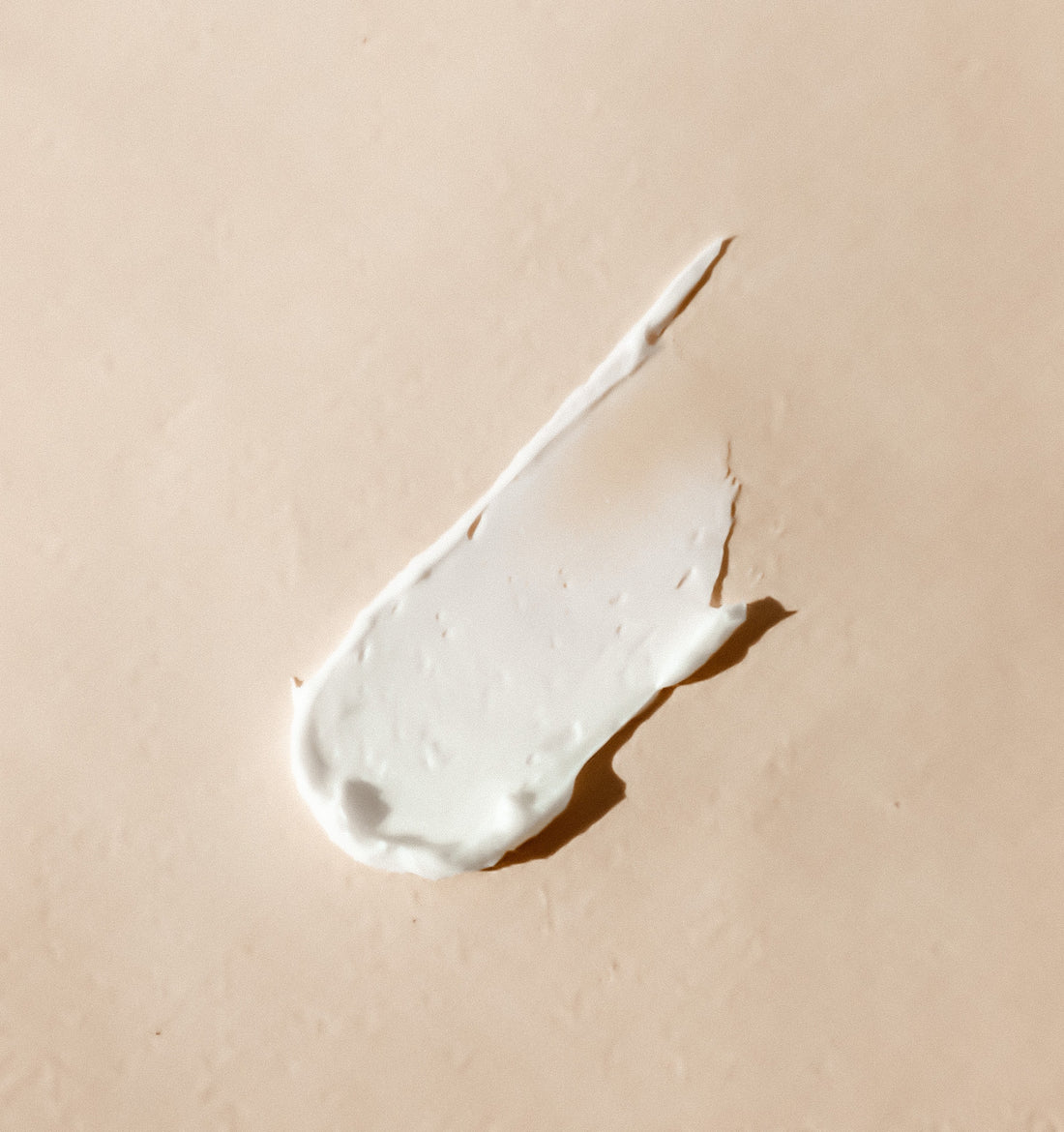Is Hydroquinone Safe to Use?
Hydroquinone is a skin-lightening agent that is commonly used to treat spots, discoloration, and uneven skin tone due its ability to decrease the production of melanin. When used as part of a prescribed skincare regimen, it can help fade dark marks and age spots.
Although hydroquinone can be effective in treating various skin issues, it is important to note that the product does not produce instantaneous results. Depending on the severity of discoloration or hyperpigmentation, it may take weeks to months for visible improvement to be seen.
It’s important to familiarize yourself with the safety of hydroquinone before beginning any regime. This ingredient can cause irritation and redness, making it important to test an area of your skin for any adverse effects before continuing use. Additionally, hydroquinone has been linked to hormonal disruptions, cancer, anaphylaxis reactions, and other serious medical issues.
In some cases, applying the product too frequently or at an incorrect concentration may cause adverse reactions on the skin such as dermatitis, dryness, and redness.
When using hydroquinone, you should be aware that it is not proven to be safe for daily or long-term use. According to experts, hydroquinone should be used for no longer than three months in a row. After the three-month period is over, there should be at least 4 weeks of rest before resuming treatment. Additionally, some people may experience skin irritation after applying hydroquinone and should discontinue use if they experience any adverse reactions. ARA Brightening Cream can be used during the weeks of rest from hydroquinone.
It's important to consider how long it takes for results to appear. Generally speaking, hydroquinone takes a few weeks to start working but can take up to six months or longer to show full effects. It all depends on the condition and skin type of individuals who are using it.
The time it takes for hydroquinone to start showing results depends on how much you’re applying and how often. Generally, you may see some mild improvements in as little as two weeks, while more noticeable changes in skin tone, brightness and evenness may take up to four weeks or longer. It is also important to keep your skin hydrated and protected from UV rays at all times when using hydroquinone.
Most people applying hydroquinone can expect to see a gradual lightening process that could take anywhere from 4 to 6 weeks for smaller areas such as hyperpigmentation or melasma spots. For more severe cases of dark spots or skin discoloration, you may need to use hydroquinone up to three times daily in order to reach desired results that may show up within two months.
To get the best results with hydroquinone, use a product with a minimum concentration of two percent and remember to use sunscreen during the day, as hydroquinone can make your skin sensitive to the sun.
When using hydroquinone, it's important to do a patch test on an area of hidden skin before applying the product to your entire face. If your skin reacts negatively, stop using the product immediately. You can also start with a lower percentage of hydroquinone and gradually increase over time as needed. Additionally, it's important not to combine hydroquinone with any other retinoids or exfoliating products so that it works effectively and safely on your skin.
Make sure to protect your skin from additional sun damage with a broad-spectrum sunscreen that has an SPF of at least 30.
Additionally, if your skin does not show improvement after 12 weeks, it is best to discontinue use and consult a doctor for alternative treatments or additional skincare advice.
As with any topical skin care product, there are potential risks associated with using hydroquinone. Long-term use or overuse of the product can lead to increased skin sensitivity and inflammation. Other types of side effects reported in people who use a hydroquinone cream regularly include redness, burning, crusting and scaling of the skin, acne flare-ups and an overall change in skin color. If you experience any type of discomfort while using this product, stop using it immediately.
Make sure to wear an SPF 30 or higher sunscreen during the day while using hydroquinone as it may increase your skin's sensitivity to the sun's UV rays.
It is important to note that hydroquinone should not be used more than 4 times a day or for more than 3 months at a time. Hydroquinone can cause drying, peeling and redness of the skin if used too frequently. Therefore, it is best to use only as much as recommended and to limit the usage duration. Additionally, you may want to consider using an effective sunscreen during daylight hours as hydroquinone may make your skin photosensitive. By following these guidelines and being patient, you will likely see results from hydroquinone with weeks or months of regular use.
With proper precautions and informed use, hydroquinone can be an effective tool in treating various types of discoloration.

